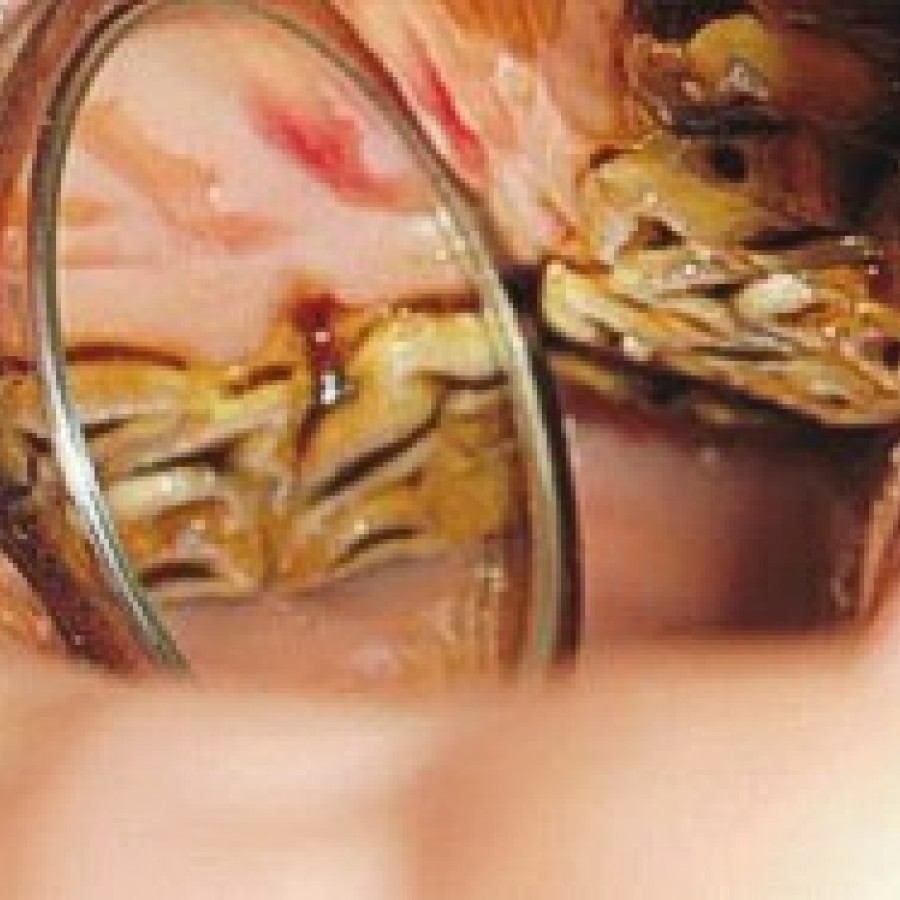

By Dr Oliver Liyou BVSc (Hons) MACVSc
Published in Australian Stock Horse Journal July-August 2005
Why is Equine Performance Dentistry different to a simple teeth float?
Performance Dentistry is specifically. "Examination of the function, balance and symmetry of incisors and molar teeth, and treatment as necessary."
To maintain optimum oral health and maximise comfort when the horse is masticating and bitted, it is required once or twice per year — throughout life. Obviously, this type of professional visit can form the basis of annual health checks for horses as occurs with humans and small animals.
Brief Clinical Exam
Prior to the oral exam, a brief clinical exam is performed whilst a history is taken and a dental chart is started for medical records. For a thorough internal examination of the mouth. sedation, a full mouth speculum, mouth flush, mirror and probe are essential. One must use the synergy of visualisng, palpating and smelling to enhance the detection of sighs of ALL pathology present. This allows successful treatment to be done BEFORE the problem becomes too advanced and irreversible!
The incisor teeth and gums need to be closely checked on every horse. 3 specific incisor tests (EMC, AMO, and RCM) can be done quickly and will provide invaluable information on how that horse is masticating. Detection of poor incisor balance — such as slants, smiles, frowns, and irregular incisors can lead to inhibited contact of the molar teeth — and usually need treatment.
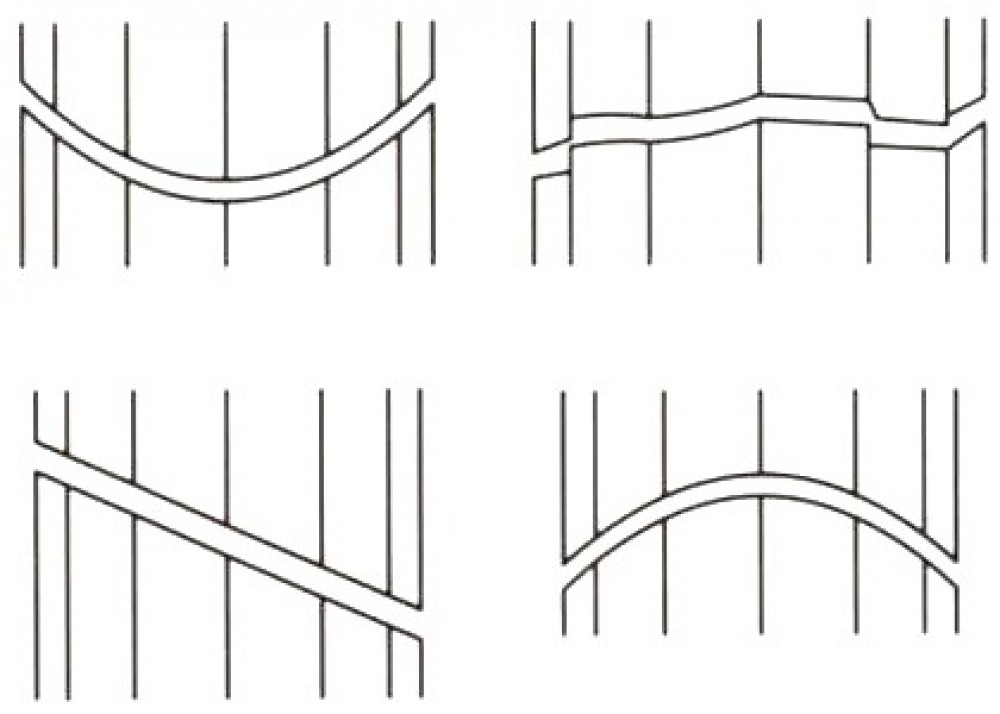
"No wolf tooth ever did any good, they may do harm, so extract them all" is standard practice. Tetanus coverage must be up to date with any tooth extraction. To enhance comfort with the bit, removal of the wolf tooth will enable a better "bit seat" to be done. A "bit seat" is simply the contouring of the first upper and lower cheek teeth (PM2). This prevents pain when bit pressure pushes the cheek mucosa back onto those teeth. This is a precise procedure where care must be taken not to damage surrounding soft tissue, or take too little OR too much tooth off.
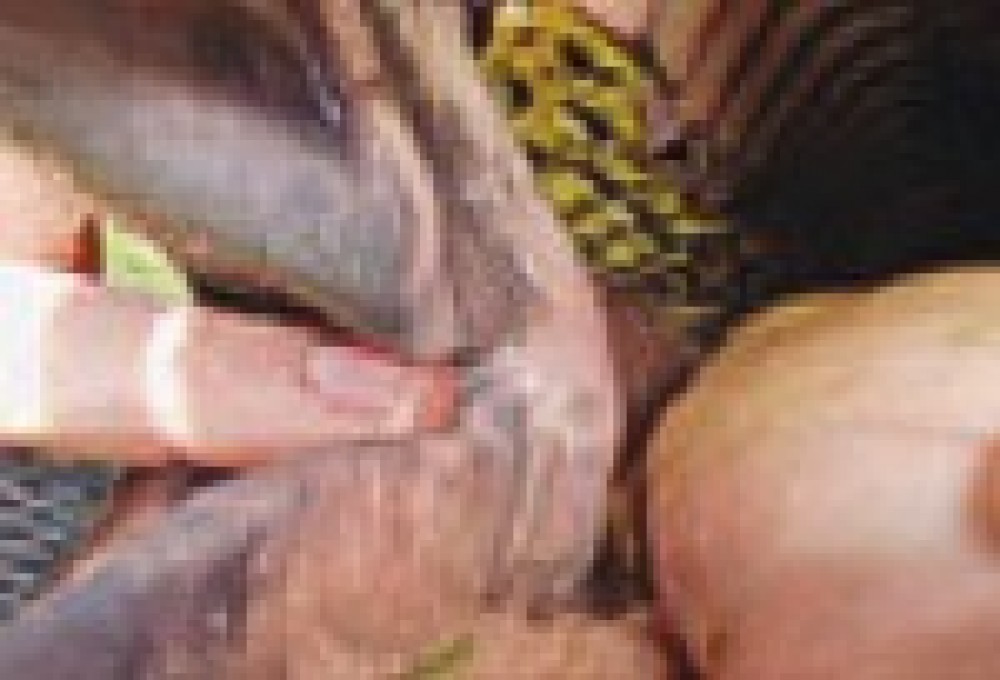
Above: demonstrating the position of the bit and its proximity to first cheek teeth
Canine teeth may be sharp and tall and needing partial reduction and smoothing off. Any calculus and gingivitis is treated if present.
Deciduous teeth remnants or "caps" are normally shed between 2.5 and 4 years of age. If detected in the mouth, judgment is required to determine how to treat them and SO minimise the risk of complications. Some caps which are not loose do require extraction.
Cheek Teeth Problems
Sharp enamel points form mainly on the outside of upper cheek teeth and inside of lowers, but all surfaces of the teeth need checking. They need to be filed off and then replaced by a rounded bevel. The size, angle and shape of this bevelling is important — to make the job last, whilst being careful not to be too aggressive and thus reducing the horse's ability to masticate properly.
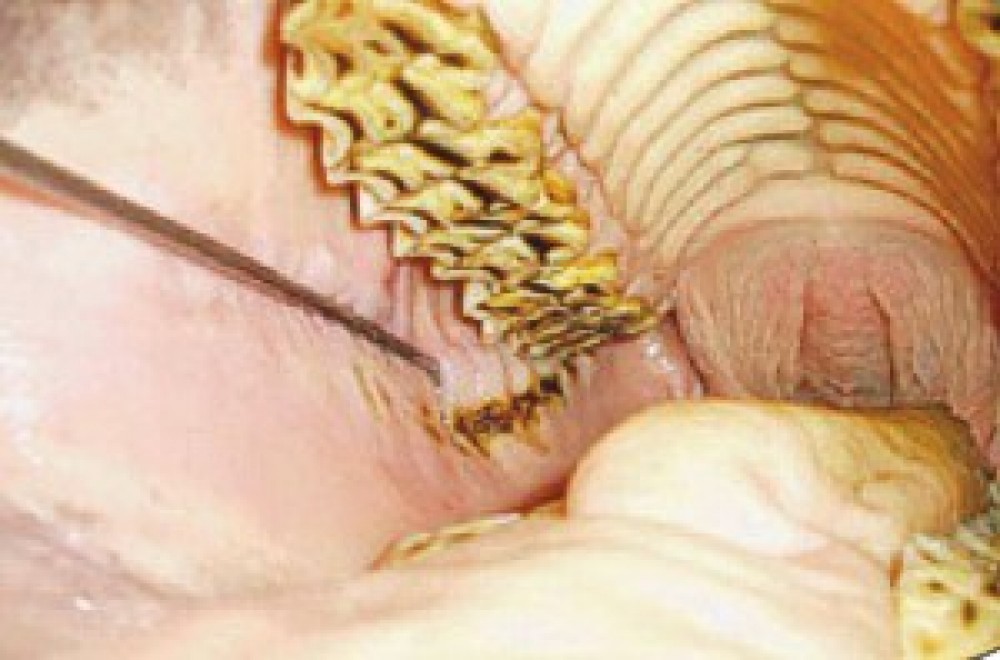
Above: cheek teeth with overly sharp enamel points can damage the inside of the horse's mouth
Occlusal surface reduction may be required in treatment of overgrowths such as tall teeth, hooks, ramps, wave, excessive transverse ridges (ETRs) etc. Prior to embarking on this treatment one must consider the horse's age and how much reserve tooth crown is present.
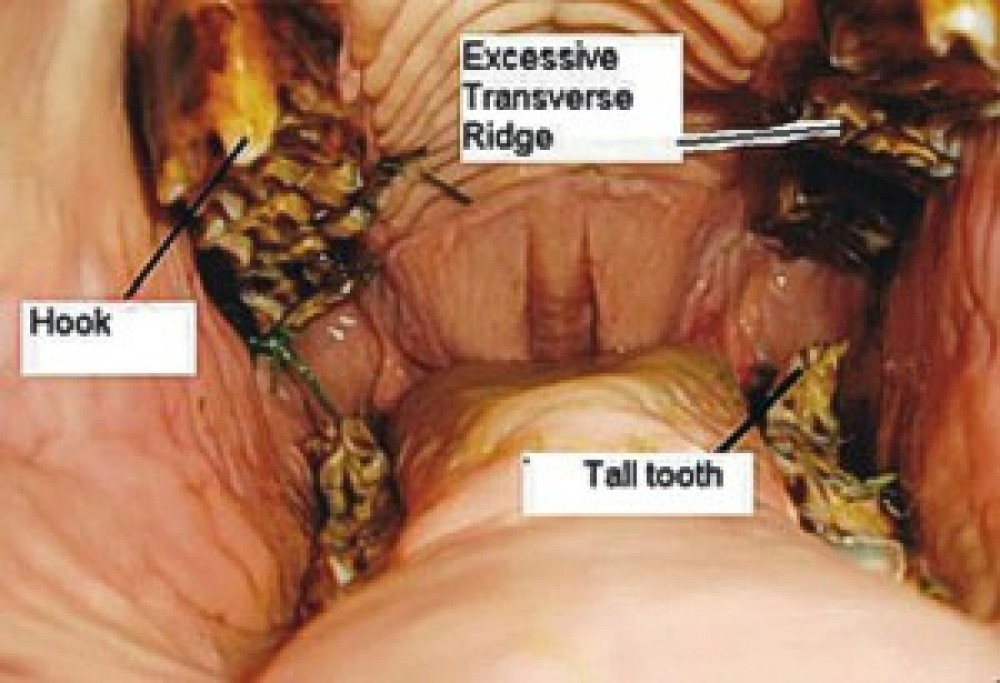
Risks
In reducing overgrowths, there are always some risks of exposing the pulp which contains blood vessels and nerves. Production of heat can also be a serious problem, so water cooling during the reduction is necessary. Sound knowledge and equipment for how to prevent, identify and treat these problems if they occur, are all essential in a competent equine dental practitioner.
Periodontal disease is common in equine mouths, and is a painful and serious disease which can lead to disease in other parts of the body. To detect and treat it in the early stages when it is still reversible, careful examination in a still patient is required. Other soft tissue pathologies such as tumors, cuts, ulcers, foreign bodies, scar tissue etc. are all detected frequently in mouths.
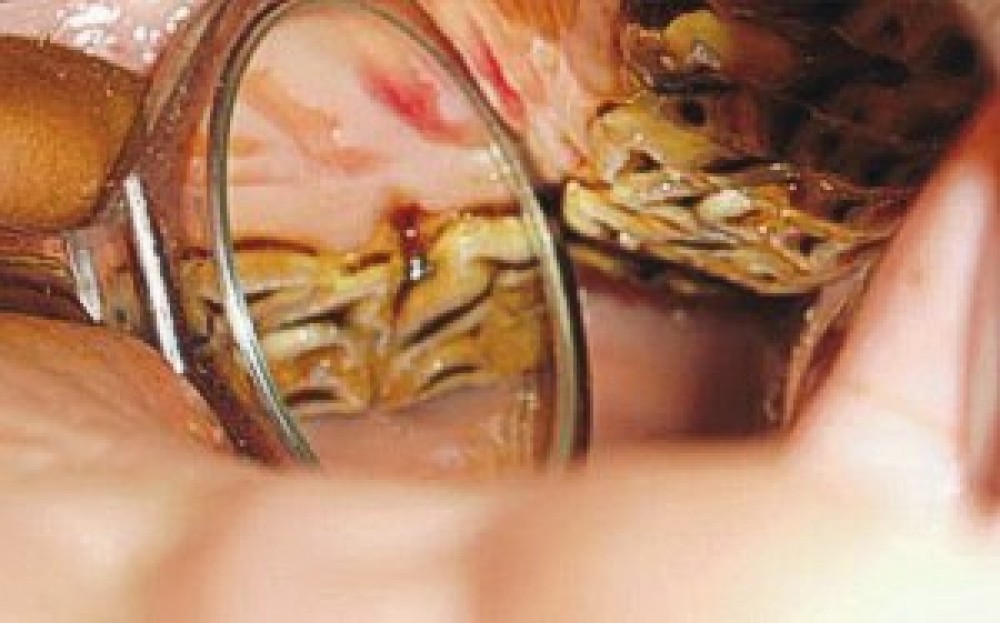
Above: peridontal disease needs to be detected early while it is still reversible
Sedation is the Best Tool
Good equipment. a co-operative patient and being able to systematically check and recheck, and take a closer look if necessary" are the keys to high quality equine dentistry. It Is important that you finish the procedure when you are satisfied — and NOT just when the horse is no longer co-operative. That is why the world experts in equine dentistry all agree that sedation really is your best tool.
